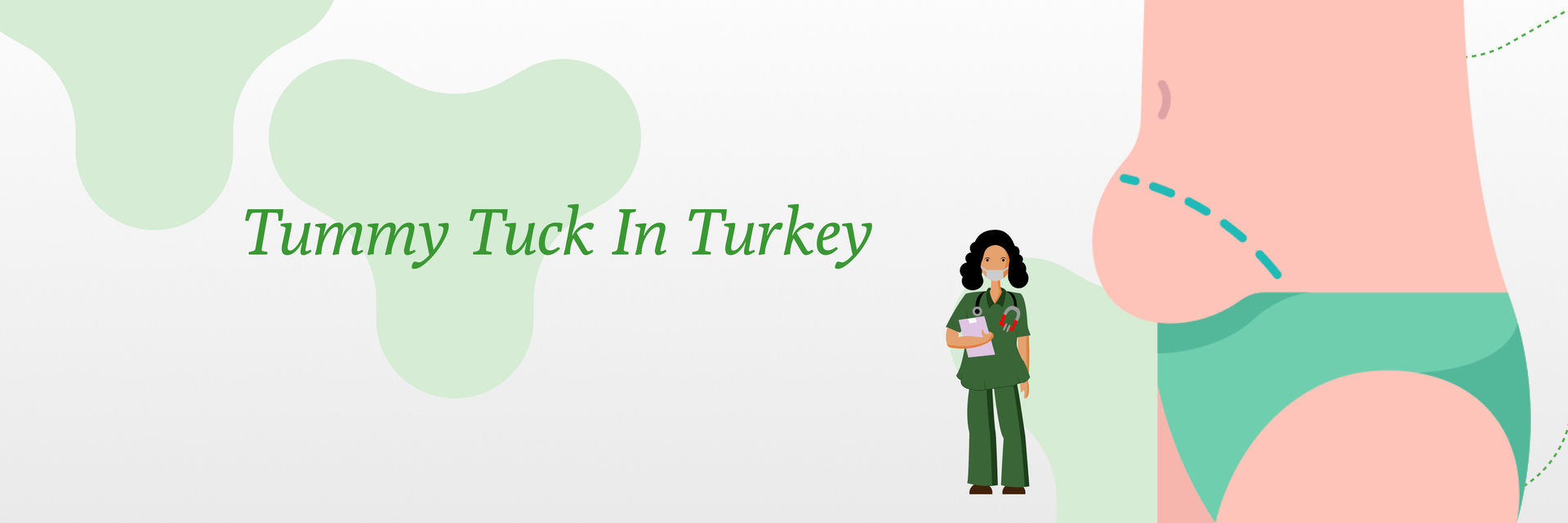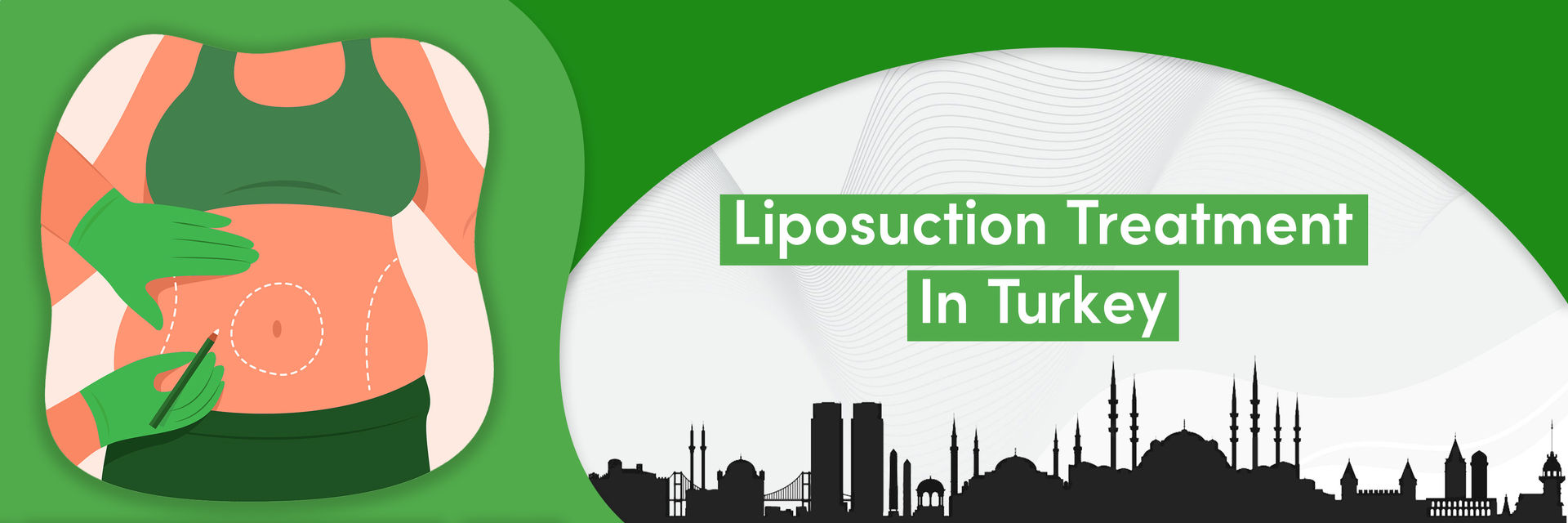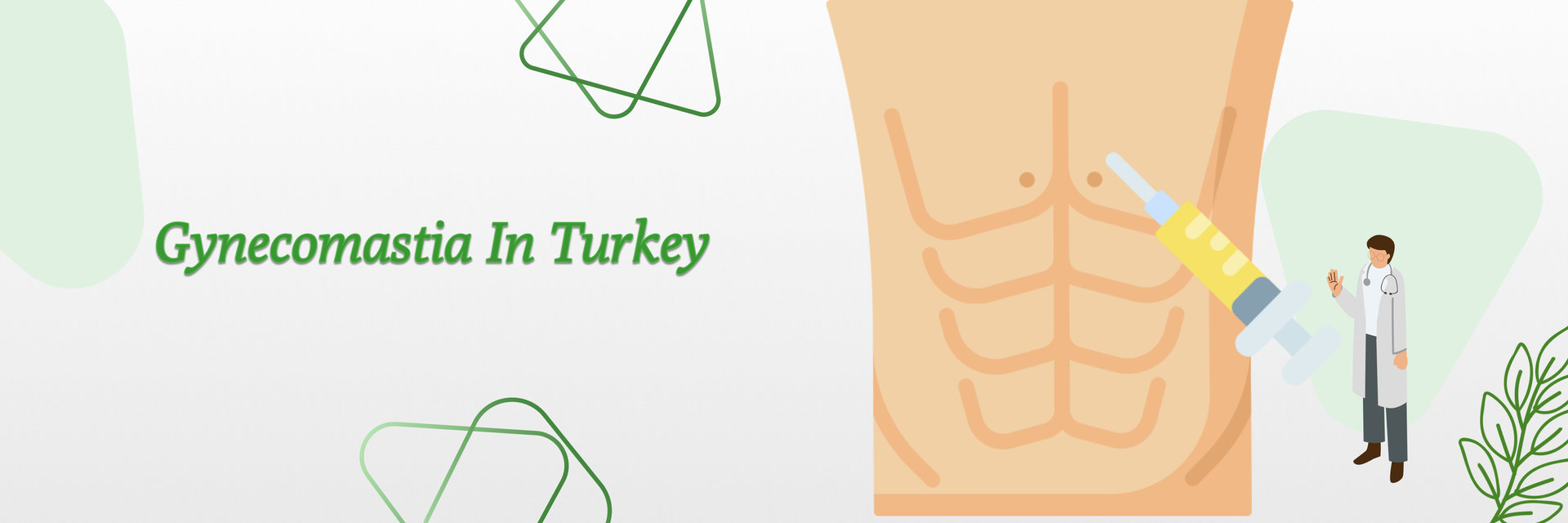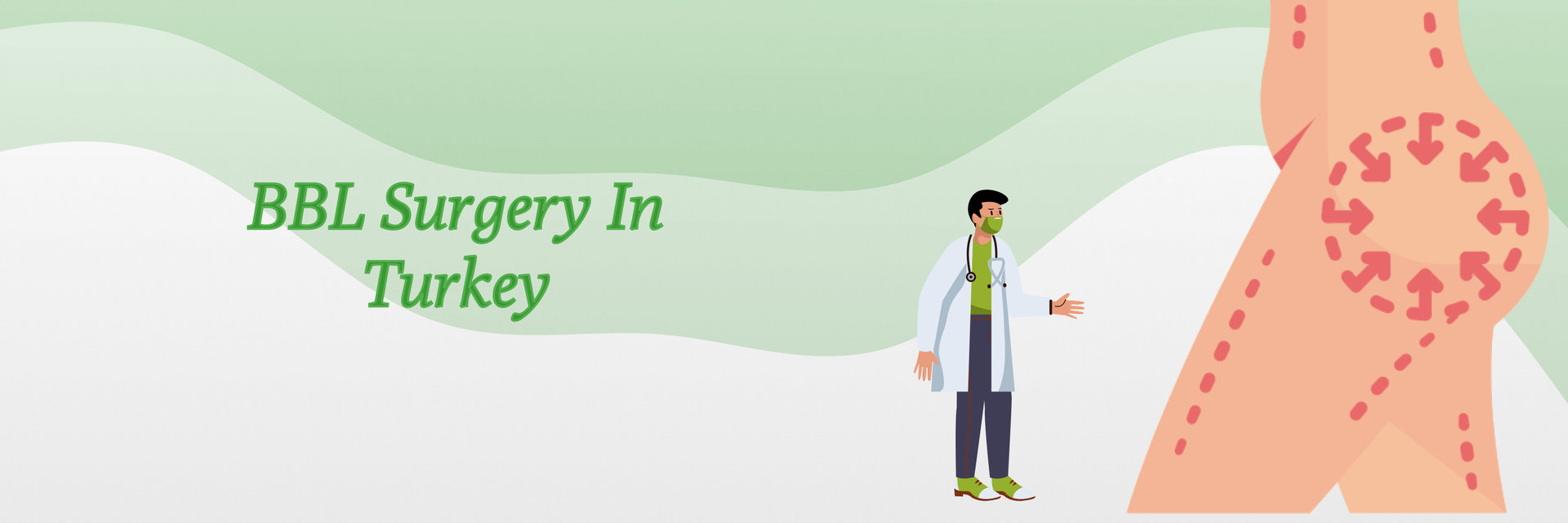3 weeks post op tummy tuck what to expect?
Get the green light for light activities. Keep following your surgeon's instructions. Also watch your new belly emerge like a butterfly from its cocoon!"
- Reduced swelling, but some mild swelling may still be present.
- Incisions are healing, appearing pink or red, and scarring will gradually fade.
- Decreased pain and discomfort, but some tenderness may remain.
- Gradual return to light activities like walking or light chores.
- Follow-up appointment with your surgeon for assessment and suture removal if needed.
Remember to follow your surgeon's instructions for a smooth recovery and reach out to them with any concerns.
Take charge of your health and your life. Contact us today!
Transform your abdomen and Discover the changes!
What is recovery like 3 weeks post tummy tuck?
Your tummy may have been moved or changed during the procedure to produce a more acceptable outcome.
Here's what you can expect at week 3 tummy tuck recovery
- Healing process: Your tummy tuck incision is healing. The surrounding skin may still be pink or red, but it will start to fade over time.
- Swelling and bruising: In the first few weeks following a tummy tuck, some swelling and bruising around the belly button area. But within three weeks, these side effects ought to be fading.
- Removal of sutures: If your surgeon used dissolvable sutures, they may begin to dissolve at this point. If non-dissolvable sutures were used, you could have them taken out at a next session to aid in the healing process.
- Shape and appearance: Your tummy may still have a different appearance than it had before surgery. It might be smaller, changed in shape, or placed in a different location. It should continue to settle and appear more natural in around three to four months as the healing process advances.
- Activity level: Your surgeon may enable you to slowly raise your activity level according to how well you are mending individually. It can be okay to do light domestic chores or light exercise like walking. Avoid any activity that can put stress on the tissues that are healing, such as heavy lifting and intense exercise. Always adhere to the precise guidelines for exercise provided by your surgeon.
- Follow-up visits: You'll probably schedule a follow-up visit with your surgeon around the three-week mark. During this appointment, your progress will be evaluated, any issues raised will be addressed, and your healing process will be monitored. During this visit, your surgeon might take out any leftover sutures.
Facing side effects? Find out how to deal with them!
Are there any side effects visible three weeks after tummy tuck? How to deal with it?
| Side Effects | How to Deal With Them? |
Swelling | - Wear compression garments as advised - Avoid excessive physical activity - Elevate legs when resting |
Bruising | - Apply cold compresses in the initial days - Contact surgeon if excessive or worsening bruising |
| Discomfort and Pain | - Follow surgeon's recommended pain management strategies |
Scarring | - Practise proper wound care - Keep incision sites clean and moisturized - Avoid excessive sunlight and use sunscreen
|
Numbness or Altered Sensation | - Be patient as this is typically temporary - Allow time for the body to heal - Communicate any concerns to your surgeon |
What are the results and improvements seen 3 weeks after tummy tuck?
Witness the amazing transformation by getting satisfying results..
Three weeks post tummy tuck, you can expect to see several positive results and improvements in your abdominal area. While the final results will continue to develop over the coming months, here are some notable changes you may observe:
- Reduced abdominal bulge: One of the primary goals of a tummy tuck is to remove excess skin and fat, resulting in a flatter and more toned abdominal contour. By three weeks, you should notice a significant reduction in the abdominal bulge compared to before the surgery.
- Improved waistline definition: The tummy tuck procedure often involves tightening the underlying abdominal muscles, which can help create a more defined waistline. At this stage, you may observe increased definition in the waist area, enhancing your overall body shape.
- Smoother skin appearance: The removal of excess skin during the tummy tuck can lead to a smoother and tighter skin appearance. By three weeks, you may notice improved skin texture and a reduction in the appearance of stretch marks, particularly in the lower abdomen.
- Enhanced confidence: As your body continues to heal and the initial postoperative discomfort subsides, you may experience a boost in self-confidence. The improvements in your abdominal appearance can lead to increased satisfaction with your body shape and a more positive body image.
It's important to remember that individual results can vary, and the full healing process may take several months. It's crucial to follow your surgeon's post-operative instructions, maintain a healthy lifestyle, and attend follow-up appointments to optimize and maintain your tummy tuck results.
Unlock the secrets to a successful recovery!
3 weeks tummy tuck post op guidelines
- Wear a compression garment as directed to reduce swelling and support the abdomen.
- Gradually increase activity levels, but avoid strenuous exercises and heavy lifting.
- Follow proper wound care instructions provided by your surgeon.
- Manage any remaining discomfort with recommended pain management strategies.
- Begin scar care as advised, including using silicone gel or sheets and protecting scars from sun exposure.
- Attend follow-up appointments to monitor progress and address any concerns.
- Maintain a healthy lifestyle with a balanced diet, hydration, and light physical activity.
- Avoid smoking and excessive alcohol consumption.
- Contact your surgeon if you have any concerns or complications during your recovery.
Following these guidelines will help optimize your healing and ensure a smooth recovery from your tummy tuck surgery.
Want to inquire about personalized treatment expenses? Don't hesitate. Talk to us today.
3 week tummy tuck week by week
| Week | Key Points |
| Week 1 | - Initial postoperative period. - Swelling, bruising, and discomfort are expected, and pain medication is typically prescribed. - Follow the surgeon's instructions for wound care, including cleaning and dressing changes. - Rest and limit physical activity. - Begin walking short distances to promote blood circulation and prevent blood clots.
|
| Week 2 | - Swelling and bruising gradually start to subside. - Incisions continue to heal, and any drains or sutures may be removed during a follow-up appointment. - Pain and discomfort decrease, and over-the-counter pain medication may be sufficient. - Light activities, such as gentle stretching and walking, can be gradually increased. - Continue to follow the surgeon's instructions for wound care and compression garment usage.
|
| Week 3 | - Swelling continues to diminish, although some residual swelling may still be present. - Incisions appear pink or red as they heal and begin to fade over time. - Pain and discomfort further decrease, and pain medication may no longer be necessary. - Light exercises, such as low-impact cardio or stretching, can be introduced with the surgeon's approval. - Follow-up appointment with the surgeon to evaluate progress and discuss further recovery guidelines.
|
| Week 4,5 | - Swelling and bruising should be minimal at this stage. - Incisions continue to fade and become flatter. - Discomfort is minimal, and most daily activities can be resumed. - Light to moderate exercise, such as gentle aerobics or light weight lifting, may be allowed with the surgeon's approval. - Moderate exercise can be increased, but avoid high-impact activities or heavy lifting. - Follow-up appointment with the surgeon to assess healing progress and address any concerns.
|
| Week 6 | - Swelling should be significantly reduced, and the abdomen appears more defined. - Incisions continue to heal, although they may still be slightly raised or pink. - Discomfort is minimal, and most patients have resumed normal daily activities. - Moderate exercise can be continued, gradually increasing intensity and duration. - Follow-up appointment with the surgeon for a final evaluation and to discuss long-term care.
|
Remember, individual recovery experiences can vary, and it's crucial to follow your surgeon's specific post-operative instructions and attend scheduled follow-up appointments. The provided timeline serves as a general guideline, but your surgeon will provide personalised advice based on your unique circumstances.
Your well-being is our priority - call us to book your appointment today
Now, let’s discuss,
What happens to belly button 3 weeks after tummy tuck?
Three weeks after a tummy tuck, the belly button undergoes healing and shows signs of improved shape and positioning. The incision around the belly button may still be slightly raised or pink, but it will continue to fade over time. Any sutures around the belly button may have been removed, allowing for natural healing. Temporary changes in sensation, such as numbness or tingling, are common but should gradually improve.
Overall, the belly button should have a more refined appearance and blend harmoniously with the newly contoured abdomen. It's important to follow your surgeon's instructions for belly button care and consult them if you have any concerns about the healing process or appearance.
Hope your queries related to 3 weeks after tummy tuck is cleared?
Have some more questions related to tummy tuck?
Let’s get them cleared!
FAQs
Q. Will my belly button scars be visible?
The belly button scars are typically well-hidden within the natural folds and contours of the belly button. Over time, the scars will fade and become less noticeable, especially with proper scar care and protection from sun exposure.
Q. Will my belly button look natural after a tummy tuck?
Yes, during the tummy tuck procedure, the surgeon repositions and reshapes the belly button to create a natural appearance that complements the new abdominal contour.
Q. How long does it take for the belly button incision to heal?
The healing time for the belly button incision can vary, but typically it takes several weeks to a few months for the incision to fully heal. The scar will continue to fade over time.
Q:Why does my belly button look different after a tummy tuck?
A:After a tummy tuck, the belly button may appear different due to the repositioning and reshaping done during the surgery. It is a normal part of the procedure to achieve a more aesthetically pleasing result.
Q. Can I sleep on my side 3 weeks after tummy tuck?
A. Typically, sleeping on your side after a tummy tuck is not recommended for the first few weeks. During the initial stages of recovery, it's often advised to sleep on your back with pillows to support your body and maintain proper alignment.
Q. How do you reduce swelling 3 weeks after a tummy tuck?
- Follow your surgeon's instructions closely.
- Wear compression garments as recommended.
- Stay hydrated and drink plenty of water.
- Limit sodium intake and avoid salty and processed foods.
- Elevate your legs with pillows while resting or sleeping.
- Avoid strenuous activities and heavy lifting.
- Consult with your surgeon before attempting any massage techniques.
Q. Why does my stomach hurt 3 weeks after tummy tuck?
- Normal healing process and tissue repair.
- Nerve regeneration and sensitivity.
- Potential inflammation or infection.
- Individual variation in pain thresholds.
- It's important to consult with your surgeon for an accurate diagnosis and guidance.







